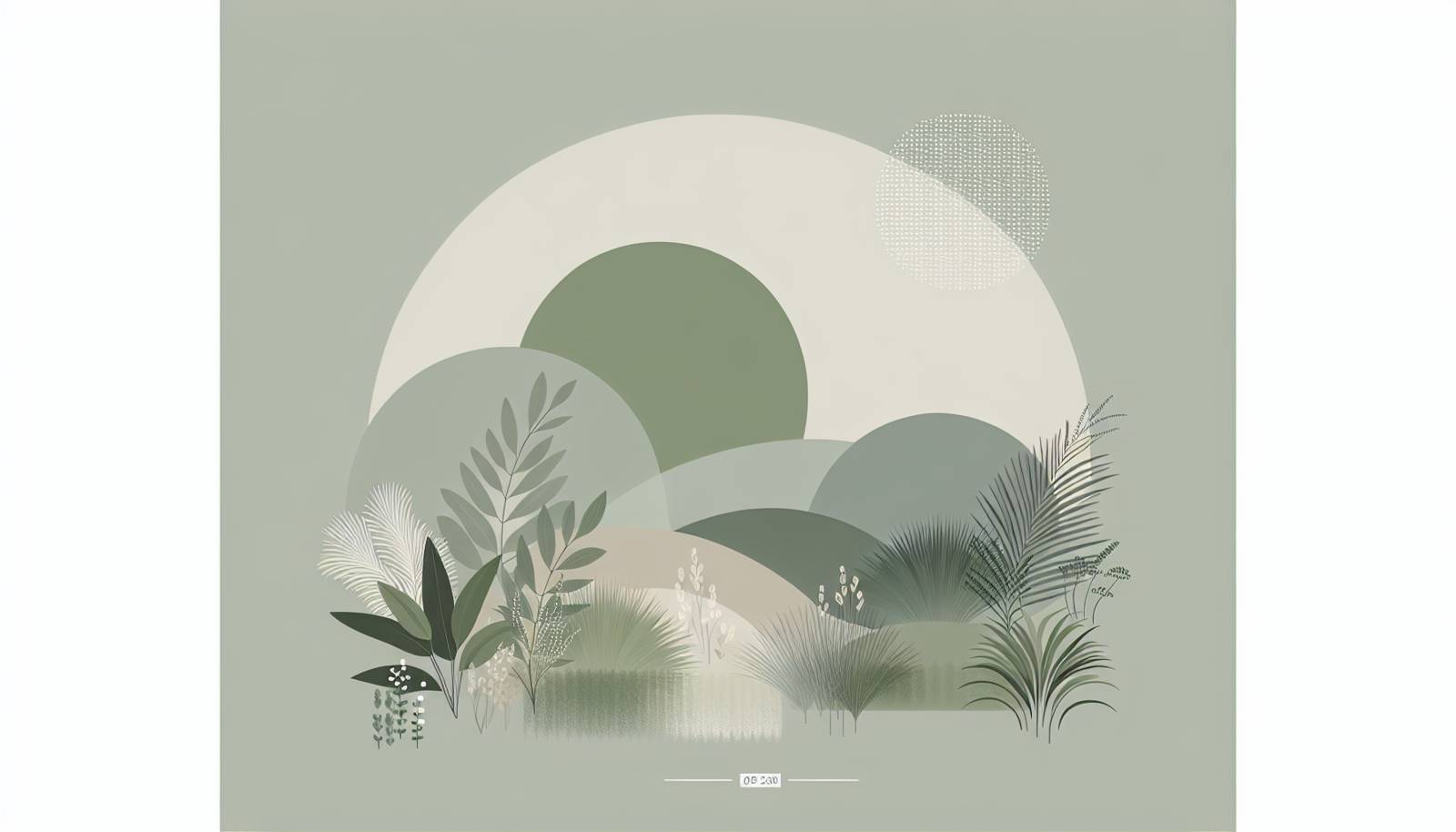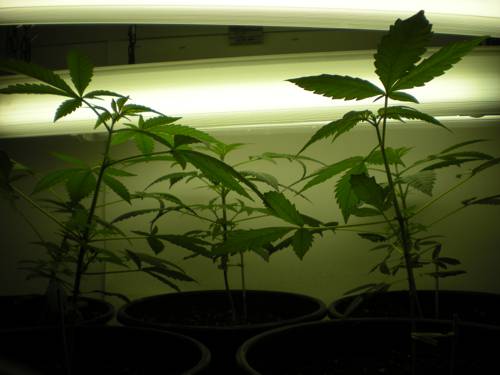
FAQ About Indoor Plant Light Pollution Impact

What is light pollution and how does it affect indoor plants?
Light pollution refers to the excessive or misdirected artificial light that can disrupt natural conditions. For indoor plants, this can impact their natural growth cycles, primarily through disrupted photoperiods, which are crucial for processes like photosynthesis and blooming. Excessive artificial light can lead to poor growth, leaf burn, or even failure to flower.

How can artificial light at night impact the growth of indoor plants?
Artificial light at night can interfere with a plant's photoperiod, affecting the critical light-dark cycles necessary for physiological processes. This disturbance can result in delayed growth, altered flowering times, or disruptions in dormancy periods. Ensuring that plants experience periods of darkness is vital for maintaining their natural growth rhythms.

What are the signs that indoor plants are affected by light pollution?
Signs that indoor plants are affected by light pollution include stunted growth, unusual leaf color (such as yellowing or browning), failure to bloom, and irregular leaf shapes. Plants may also show signs of stress, such as leaf drop or reduced vitality. Monitoring these symptoms can help identify light-related issues early.

Can direct exposure to streetlights harm indoor plants?
Yes, direct exposure to streetlights can harm indoor plants, especially if the lights are intense or consistently illuminate the plant at night. This exposure disrupts the natural light-dark cycle, potentially leading to stress symptoms like impaired growth or physiological imbalances. It is beneficial to arrange indoor plants in areas with minimized light interference or use blinds to block external light during nighttime.

How can you mitigate the effects of artificial light on indoor plants?
To mitigate artificial light impact, consider moving plants away from windows that receive external artificial light, using blackout curtains during nighttime, or choosing plant species known to adapt well to less strict light cycles. Additionally, using timers on indoor lighting systems can help ensure plants have adequate dark periods.

Are certain indoor plants more sensitive to light pollution than others?
Yes, some indoor plants are more sensitive to light pollution than others. Plants that rely heavily on specific photoperiods for blooming or growth, such as poinsettias and Christmas cacti, are more susceptible. Conversely, low-light tolerant plants like snake plants and pothos might experience fewer issues from irregular light exposure.

Does light pollution affect photosynthesis in indoor plants?
Light pollution can indirectly affect photosynthesis by altering the timing of light exposure and disrupting the plant’s circadian rhythms. While artificial light might provide the necessary wavelengths for photosynthesis, continuous exposure without adequate dark periods can lead to imbalances in energy production and utilization, potentially stressing the plant.

What role does darkness play in the health of indoor plants?
Darkness is crucial for indoor plant health as it allows plants to respire, a vital process where they release energy generated during photosynthesis. It also aids in hormone regulation and helps trigger flowering in some species. Without sufficient darkness, these processes may be disrupted, affecting overall plant vigor.

Can LED grow lights contribute to light pollution, and how should they be used?
While LED grow lights are beneficial for indoor plants, improper usage can contribute to light pollution. They should be used in moderation and with proper timing to mimic natural daylight cycles, usually with 12-16 hours of light followed by 8-12 hours of darkness. Adjusting the intensity and distance from the plant can also prevent overexposure.

Is it beneficial to completely eliminate artificial light exposure for indoor plants?
Completely eliminating artificial light isn't necessary or practical, as many indoor plants benefit from supplemental lighting. The key is to manage exposure responsibly by ensuring plants receive adequate darkness to complete their natural cycles. Consider strategic placement and use of curtains or blinds to avoid excessive light during nighttime hours.

How does light pollution affect the flowering of indoor plants?
Light pollution can significantly alter the flowering patterns of indoor plants by disturbing the photoperiods that trigger blooming. For example, extended exposure to light can prevent short-day plants like poinsettias from flowering. Ensuring plants experience proper dark periods is essential for maintaining their normal flowering cycle.

What is the best way to monitor light exposure for indoor plants?
Using a light meter can help accurately monitor the light exposure indoors. It measures the intensity of light reaching the plant's surface. Additionally, observing plant health and growth changes can indicate if they are receiving too much or too little light. Regular tracking can help adjust light conditions to suit the plants’ needs.

Are there any technologies that help control light pollution for indoor plants?
Yes, technologies such as smart lighting systems with timers, light sensors, and automated blinds or curtains can help manage light pollution effectively. These tools enable you to control light exposure periods, ensuring plants receive the necessary balance of light and darkness for optimal growth.

Can excessive indoor lighting lead to diseases in plants?
Excessive indoor lighting can contribute to a stressful environment for plants, which may make them more susceptible to diseases and pest infestations. Light-stressed plants might experience weakened immunity, leading to conditions such as leaf scorch or increased vulnerability to fungal infections.

What are the best practices for positioning plants to minimize light pollution impact?
Positioning plants in areas with controlled exposure to artificial light can minimize light pollution impacts. Use strategic placements away from streetlights or nighttime light sources, like at the center of the room or using shades and blinds during nighttime. This helps ensure natural light rhythms are maintained.

How does light pollution impact the dormancy period of indoor plants?
Light pollution can disrupt the dormancy signals in indoor plants, especially in species that rely on seasonal light changes. Constant or excessive light exposure might prevent them from entering dormancy, affecting their annual growth cycles and leading to an overall decline in plant health.

Can moonlight affect indoor plants similarly to artificial light?
Moonlight, being much dimmer compared to artificial lights, generally doesn't affect indoor plants negatively. However, cases of increased moonlight exposure through clear windows might mildly impact photoperiod-sensitive plants but are usually not significant enough to alter growth dramatically.

What are some natural methods to reduce light pollution for indoor plants?
Natural methods to reduce indoor light pollution include using thicker curtains or blinds at night, planting in areas less exposed to streetlights, and selecting plant varieties less sensitive to light changes. Natural arrangements and materials can help create an environment more aligned with their ecological needs.

Are there specific times when indoor lighting should be reduced for plant health?
Yes, reducing indoor lighting during the night or in alignment with natural sunset and sunrise times can support a healthier plant environment. Timers can be particularly useful to mimic natural light patterns and ensure plants receive both the necessary light for photosynthesis and darkness for vital physiological processes.

How can I tell if my indoor plant needs more or less light?
Signs of too much light in indoor plants include leaf scorch, fading color, and crispy edges. Too little light can manifest as leggy growth, small leaves, or lack of flowering. Observing these symptoms along with regular measurements using a light meter can help adjust lighting conditions appropriately for plant health.
